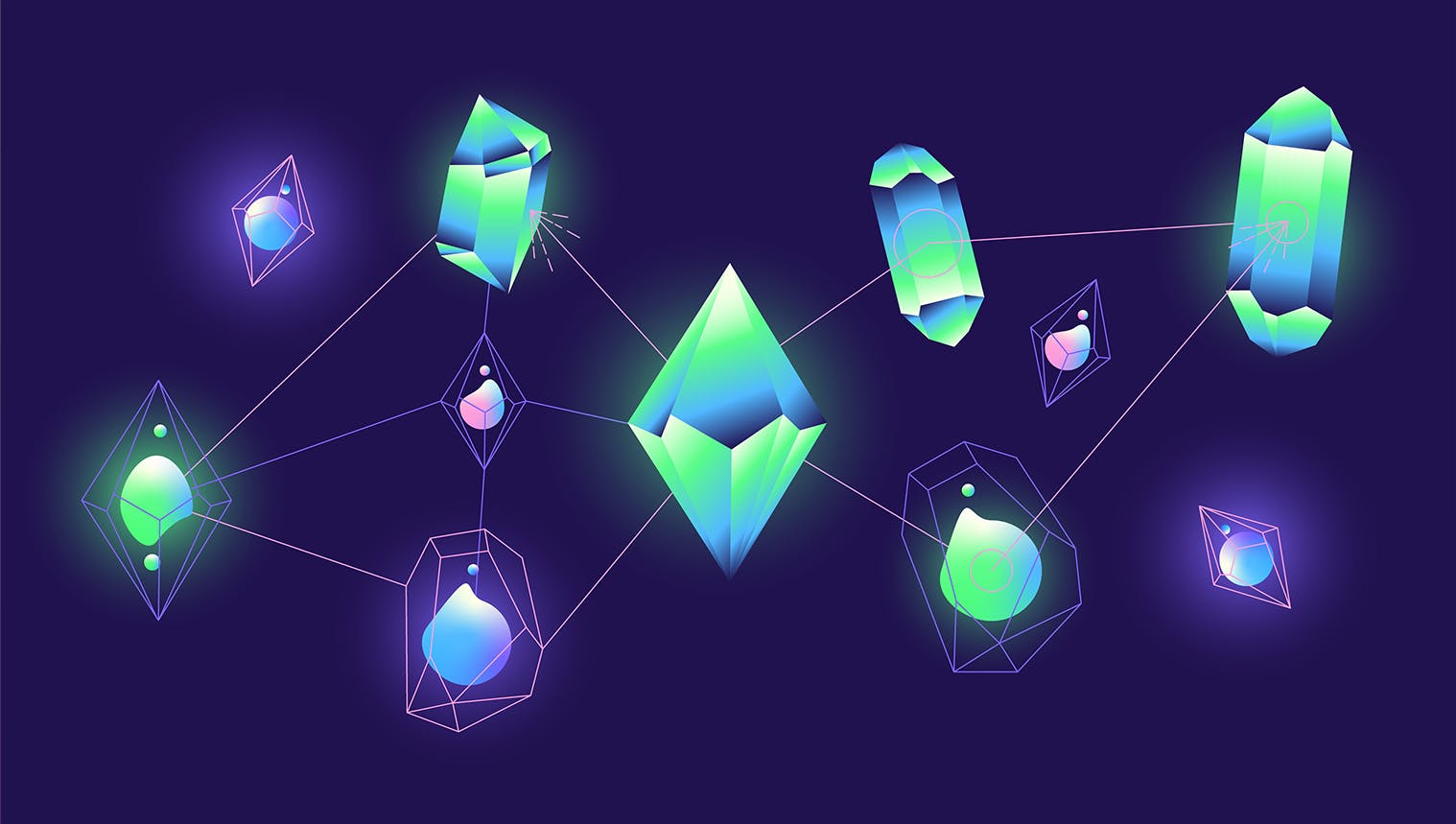How generative AI is transforming HR at skills-based organizations

The transformative potential of generative AI for organizations and HR is a topic that demands attention.
As a technology company rooted in data, 365Talents embraces this potential. From the beginning, Paul Mogel, our co-founder and CTO, has brought a research-driven commitment from his lab experience to explore how this technology can reshape even non-technical fields like HR. In fact, we were pioneers in the generative AI domain before it became a transversal trend. We have long known the inherent potential of generative AI and its alignment with our decentralized approach towards skills intelligence and talent experience has already begun to unleash business impact for our clients.
The 365Talents perspective is grounded in the belief that for generative AI to truly thrive, an environment of skills intelligence and dynamic talent experience is essential. A rigidly structured, process-oriented framework will hinder the capabilities of generative AI, causing new ideas, concepts, and skills generated by the system to clash with existing organizational structures. However, with a decentralized and dynamic approach like that of 365Talents, the integration of generative AI feels like a natural evolution. It's about fostering a culture where every individual can contribute novel skills and insights, and where generative AI augments these contributions, serving as an additional cognitive resource.
3 ways generative AI supports skills-based HR
1. Contribute to the brain trust (e.g., write first-draft job descriptions)
Generative AI is like a new brain contributing to your data collection. I
t's like if you had a new employee named Chris and Chris had a really big brain and could effortlessly generate ideas on how to describe a job description, how to describe a learning opportunity, how to attach the trending skills to a new role, and so on.
But Chris is new to your company, so at first, Chris might not be 100% sure on the right terms, but he is a font for ideas and can, without fail, get you a workable first draft. So you can leverage what Chris has to offer and integrate it into your model like any other source of insights. The more time you work with Chris, the more you can start putting Chris on other projects – integrating this new brain into your other systems.
Concretely, what “Chris” can do? 365Talents’ technology, for example, integrates to write job and project descriptions to assist managers in their daily jobs.
2. Benchmark and extract skills
Generative AI can also do benchmarking and extract skills and relevant trends about what’s going on in your industry on the market.
Properly integrated into an HR tool, generative AI is more than a ChatGPT-esque “ask and answer” function. With a proper prompt of context and explanation, the system is able to provide high-level insights on the top skills for a given job or the roles and skills that are trending in your field because it can conduct real-time web searches to uncover the skills increasing and decreasing in demand.
This is very helpful for HR leaders, but also for employees as well to improve and ensure their employability with access to these insights.
3. Synthesize insights
The third use of generative AI in HR is what we call smart insights or analytic insights. In this use, systems are able to understand any page, report or dashboard you provide and translate that into words so you can push summaries of analytic reports to HR, leaders or managers so that they have a concise view of their skills as well as their team's strengths and weaknesses.
Generative AI can integrate as well into the strategic workforce planning features of our platform. You can build scenarios, enter outcomes (e.g., I need to have 50% of my business skilled in renewables) and see how your organization is aligned and then see the impact of the target on your roles. For example, an electrical engineer will need to do this more than they used to. And then you have all the skills that you need to develop to achieve this transformation.
Mythbusting the risks and fears of generative AI
Many companies are afraid of using generative AI because it represents such a big transformation for the world of work. It's arguably the biggest transformation we have ever seen, which means that you have to take it seriously and cautiously. But it still represents an incredible potential for progress, which is why it is worth understanding and debunking some of the most common fears and myths about it.
1. Ensuring accuracy and “truth”
Generative AI collects a data set that comes to represent a “single source of truth” for your organization. How do you ensure that the source of truth is correct?
It’s true that generative AI is bringing back information from the market and internet, which may have inherent bias or simply be untrue, but generative AI is ultimately simply a data management system.
If you just talk about skills, generative AI like the one used by 365Talents greatest value is the pre-integration of all your insights: from employees, from HR, from managers, from systems, from a new tool, from a new document, and from the external world as well. Generative AI combines these insights but also, crucially, automatically tags them with their sources.
This allows you to see signals coming from the ground and from the field, new skills in this region, new skills in this team and from the external world. Benchmarking of competitors or suggestions appear on a dashboard where you can see all that information live, with tags to see where the information is coming from and why it is suggested to you. At 365Talents, we then work with our partners to say, okay, what do we do with these insights to ensure your people are using verified data?
Do you want them to be directly available in your systems or should they stay on the side for a period of time so you can manage the insights? With skills, for example, you can identify the source and decide which source is the good one, or if a mix of sources represents "the good one," and then you can filter everything accordingly. And then on the other side, for text generation and role description generation and so on, it functions as an assisting tool.
If you think that the suggestion is good, you can go with it. But usually you will modify this by 30-60% so that it's the most relevant and so that you have your human touch on top of the suggestions. The human touch remains key and you cannot and should not seek a tool that removes that.
Writing is 100% harder than rewriting, and gathering insights is more time consuming that analyzing them, so using generative AI to help you achieve this first part so you can focus your human expertise, energy and competencies on the second part will result in a final outcome that is the sum of these two parts and best aligned with the “truth.”
2. Meeting regulation standards
Some companies are hesitant of generative AI because they do business in heavily regulated industries. Government entities, for example, cannot use ChatGPT.
But the concern here is not with generative capabilities, it is that ChatGPT specifically is the publicly available version of generative AI. Users chat with a chatbot hosted in the US and dealing with the data in undisclosed ways – you don’t know who will be asking questions, what questions will be asked or what information will be prompted into these systems. Further, the data will be dealt with overseas according to another state’s policy.
However, that is not a concern when generative AI is naturally integrated into solutions. 365Talents, for example, has a high level of collaboration with Microsoft and we leverage their technical capabilities in our own systems. The customer's data are all dealt with according to our security and data protection protocols. It doesn't go to some mysterious place with no policies protecting it, it's dealt with by our existing policy in our existing infrastructure.
Are you ready for generative AI?
Generative AI undoubtedly alters the landscape of user experience. Moreover, with the increasing demand for data analysts and engineers, organizations are primed to embrace generative AI's potential, understanding that it necessitates specialized skills and expertise.
The fusion of generative AI with skills intelligence and a decentralized approach paints a picture of transformative potential. While challenges persist, the collaborative partnership between technology and human expertise ensures that the generative revolution is met with thoughtful adaptation, unlocking new avenues of progress.
If you're ready to learn how generative AI can supercharge your existing talent experience and skills management systems, reach out to the 365Talents team today.
Uncover more HR insights









